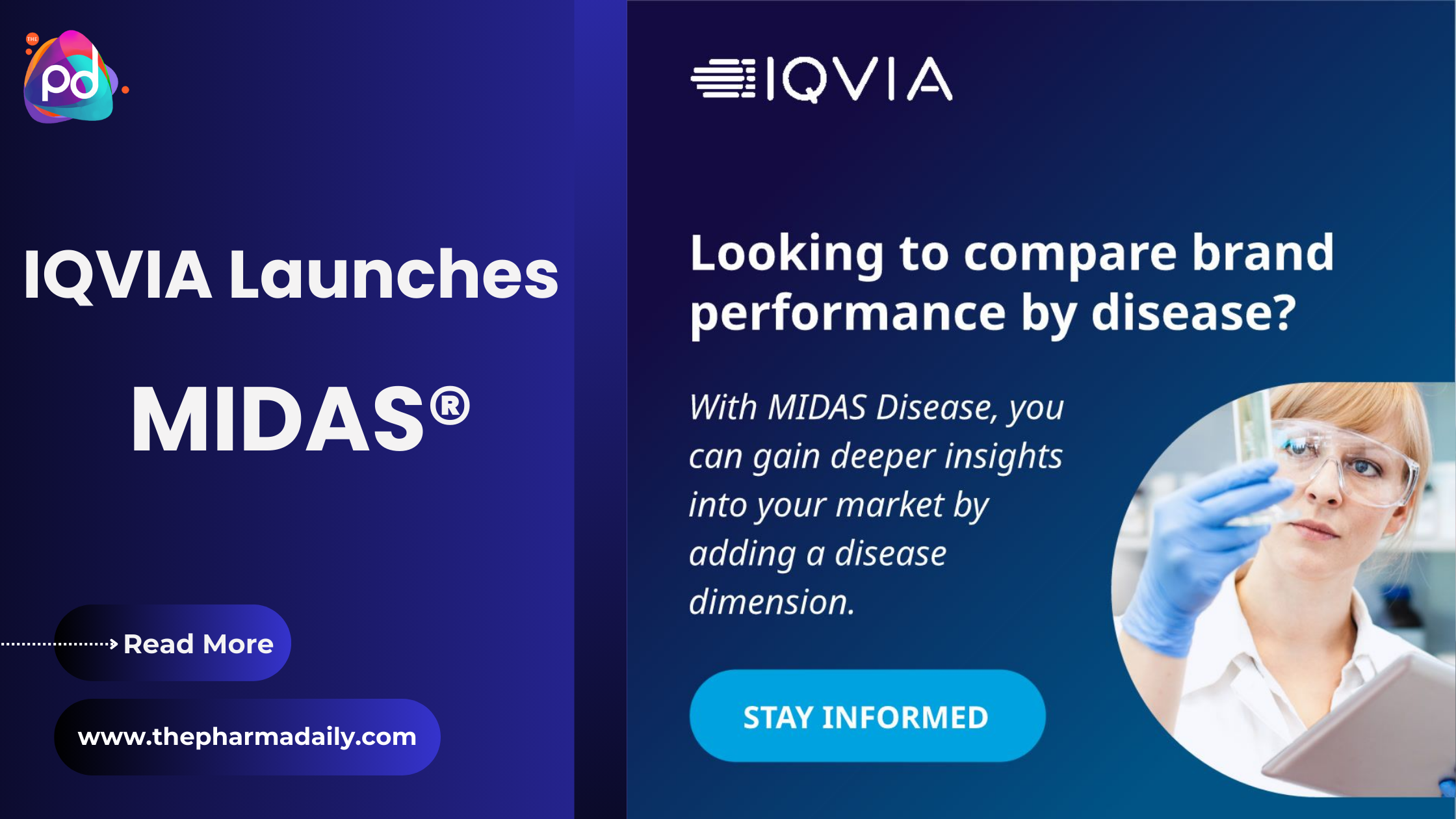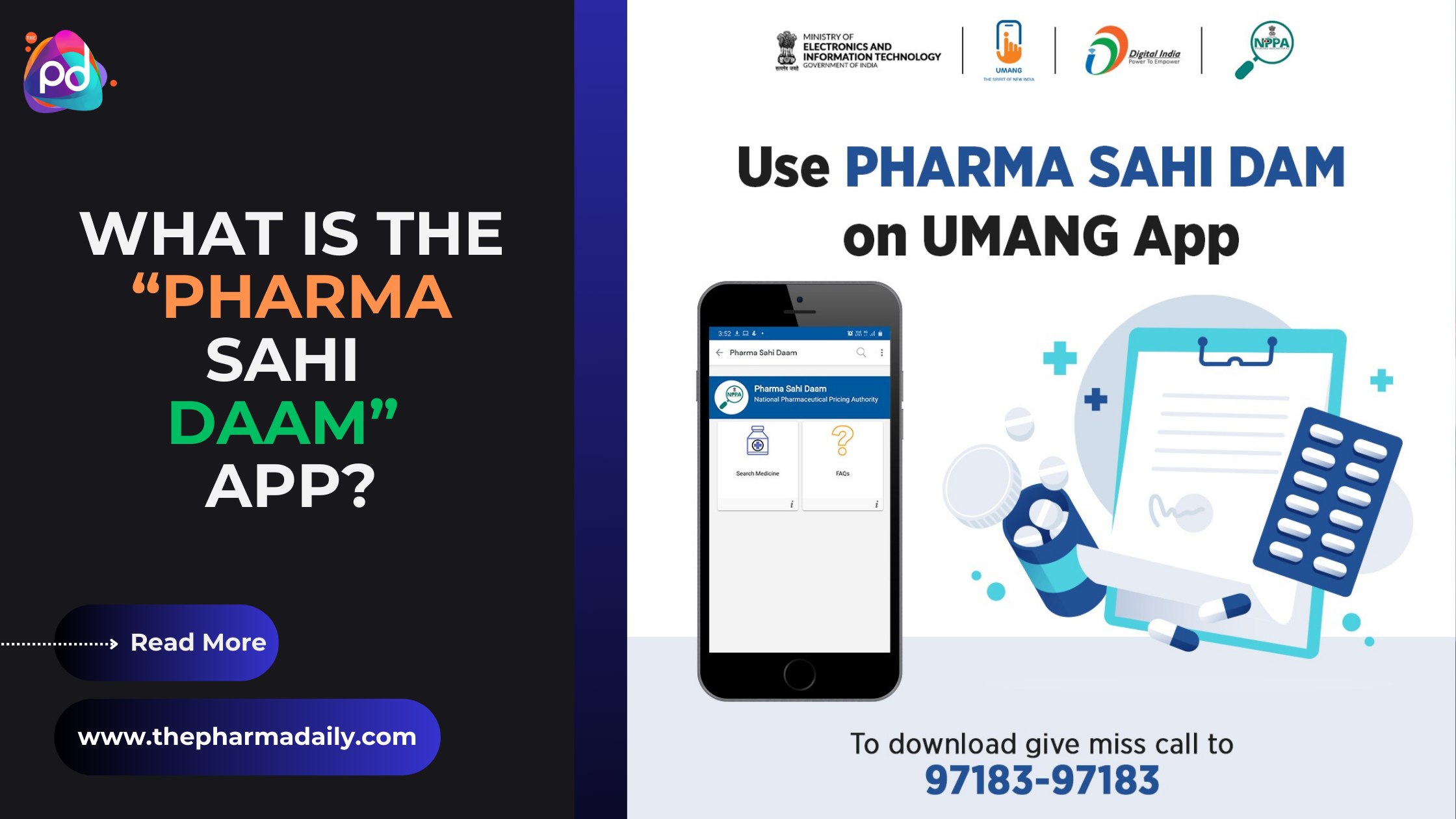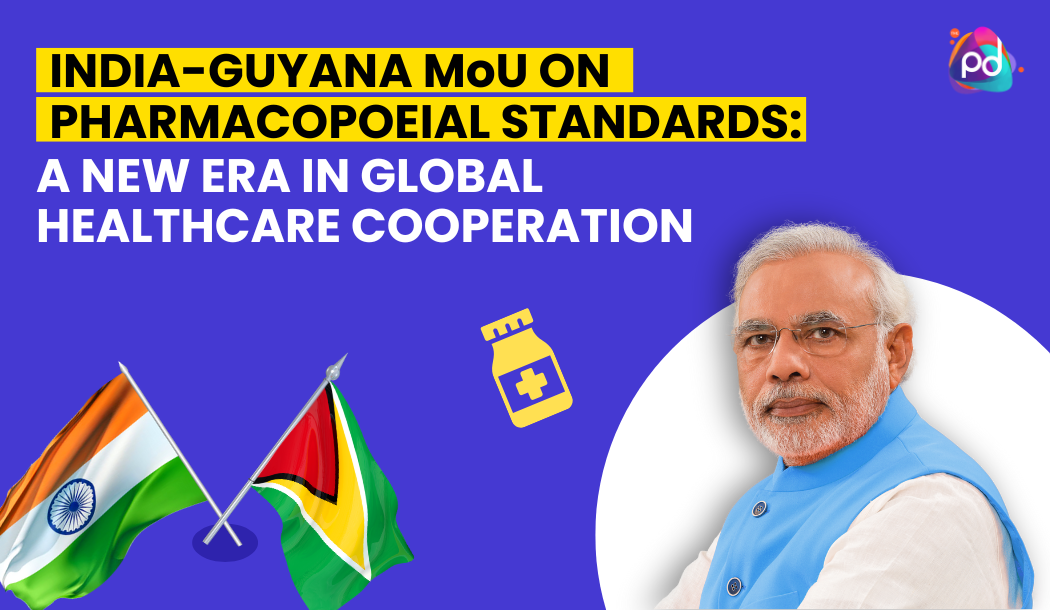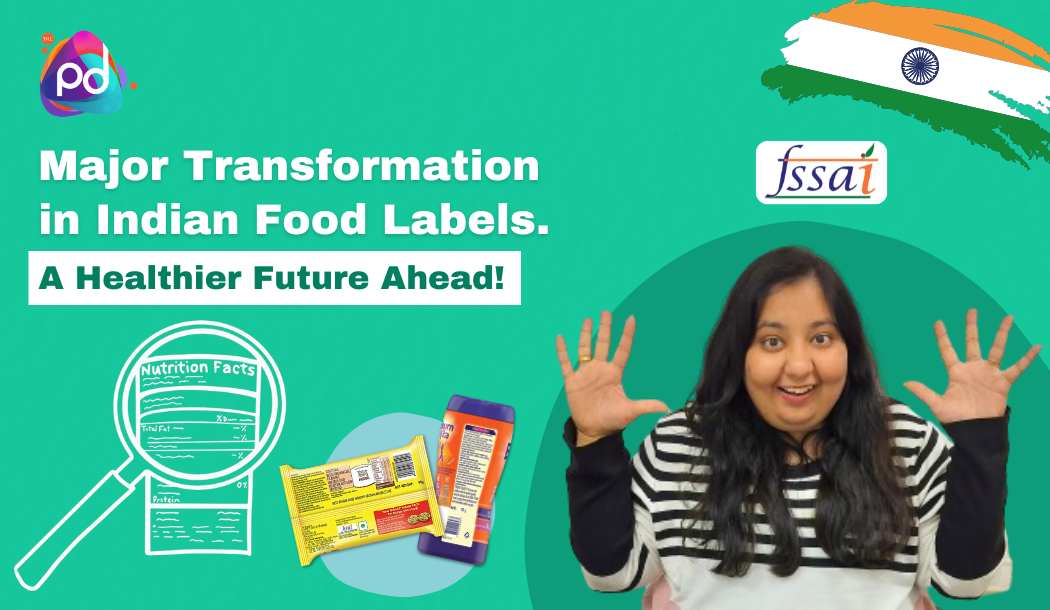Career Options in Pharmacovigilance after MBBS, MD, BDS
What is GDocP? : Good Documentation Practices
"The Foundation of Quality and Compliance in Documentation"
Introduction
Good Documentation Practices (GDocP) are a critical element in ensuring the quality, integrity, and traceability of data in a regulated environment. Whether it pertains to pharmaceuticals, biotechnology, medical devices, or other highly regulated industries, GDocP plays a pivotal role in maintaining compliance with regulatory standards. This blog delves into what GDocP entails, its importance, key components, and the best practices that organizations should adopt.
What is Good Documentation Practices (GDocP)?
Good Documentation Practices (GDocP) refer to the standards required to ensure that all documents, whether paper or electronic, are created, maintained, and disposed of in a manner that provides consistency, security, and integrity throughout their lifecycle. These practices are fundamental to operational excellence and regulatory compliance, ensuring that documents can be trusted as accurate representations of the processes they describe.
Key Components of GDocP
-
Accuracy and Clarity: Documentation should be clear, concise, and accurate. It must unambiguously reflect the truth of what occurred during any process or procedure.
-
Timeliness: Entries in records should be made at the time the activities are performed. Delayed documentation is not only a poor practice but can also lead to data integrity issues.
-
Legibility and Permanence: All records must be legible and permanent, ensuring that they are readable and retrievable for the entire duration of their retention period.
-
Traceability: Documentation should allow for the tracing of the development, manufacturing, or any operational process back to its roots. This is critical for investigations, audits, and compliance checks.
-
Confidentiality and Integrity: Ensuring the confidentiality of sensitive information and safeguarding against unauthorized access or alterations is paramount.
-
Corrections and Amendments: GDocP outlines specific ways to make corrections in documentation. Corrections should be made clearly, without obscuring the original entry, and should be signed and dated by the person making the correction.
Importance of GDocP
Implementing Good Documentation Practices is crucial for several reasons:
- Regulatory Compliance: Many regulatory bodies across industries require strict adherence to GDocP as part of their compliance checks.
- Quality Assurance: Proper documentation ensures that processes are repeatable and deviations are recorded, aiding in continuous quality improvement.
- Audit and Inspection Readiness: Well-maintained and compliant documentation ensures that an organization is always ready for audits and inspections.
- Operational Transparency: Good documentation practices help maintain transparency in operations, facilitating better communication and understanding across the organization.
Challenges in Implementing GDocP
Despite its importance, implementing Good Documentation Practices can be challenging:
- Cultural Shifts: Moving an organization to adopt and rigorously follow GDocP requires a cultural shift and commitment from all levels of the organization.
- Training and Awareness: Continuous training and awareness are needed to ensure all employees understand the importance and the specifics of GDocP.
- Keeping Up with Technology: As more documents become digital, ensuring that electronic records meet GDocP standards involves staying updated with technological advances and cybersecurity measures.
Conclusion
Good Documentation Practices are not just a regulatory requirement but a cornerstone of quality assurance and operational integrity in regulated industries. By adhering to these practices, organizations not only comply with legal and regulatory frameworks but also enhance their operational effectiveness. As industries continue to evolve, especially with the increase in digitalization, the principles of GDocP remain more relevant than ever, ensuring that documentation is accurate, reliable, and verifiable.
Understanding and implementing these practices across an organization is essential for maintaining quality, ensuring compliance, and building a foundation of trust with regulatory authorities, partners, and customers.
Checkout our Latest Podcast Details:
🎓 Dive into the world of pharmaceutical compliance with our latest video: "What is the meaning of GxP? | Podcast on GxP & Quality with Mr. Harsh Thakkar, CEO of Qualtivate |". 🚀 Join us as we explore critical quality assurance standards with an industry expert!
🔬 "What is the meaning of GxP? | Podcast on GxP & Quality with Mr. Harsh Thakkar, CEO of Qualtivate |" uncovers the essentials of Good Laboratory Practice (GLP), Good Clinical Practice (GCP), and Good Manufacturing Practice (GMP). This podcast is perfect for pharmacy students, professionals, and anyone interested in pharmaceutical quality control. 🌟
👥 Featuring Mr. Harsh Thakkar, a leading voice in pharmaceutical quality and compliance, this video is a must-watch! Whether you're gearing up for placements or just curious about the industry's best practices, "What is the meaning of GxP? | Podcast on GxP & Quality with Mr. Harsh Thakkar, CEO of Qualtivate |" offers invaluable insights.
📈 Don't forget to LIKE, SUBSCRIBE, and SHARE "What is the meaning of GxP? | Podcast on GxP & Quality with Mr. Harsh Thakkar, CEO of Qualtivate |" to keep up with all things pharmacy and quality assurance! 🔗
Podcast Link:
https://www.youtube.com/watch?v=rLQkD79Wx3I&t=41s














